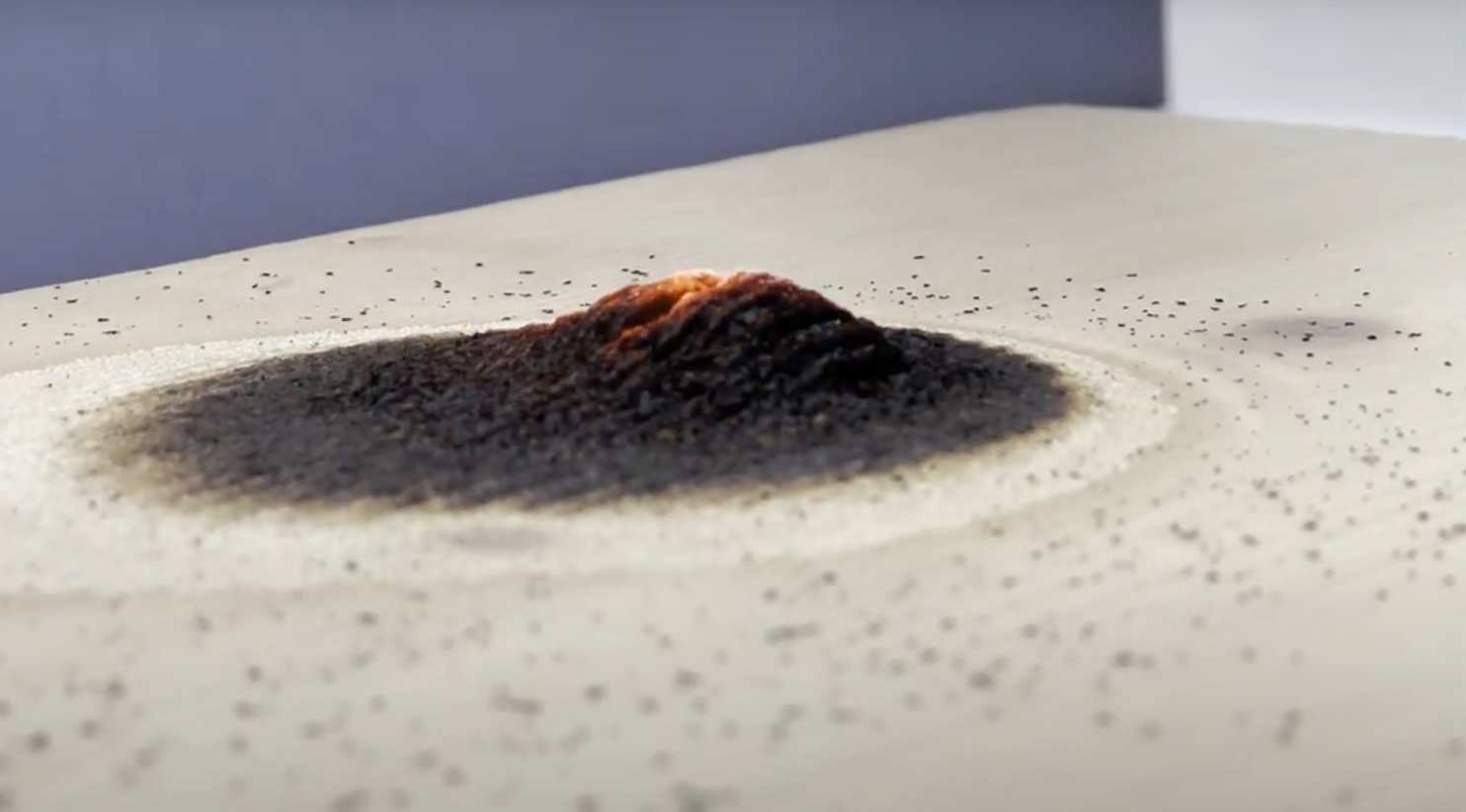
How does Intumescent Varnish Work
Intumescent varnish is a type of fire-resistant coating used to wood, from the effects of fire. It works by expanding when exposed to heat or flames, forming a thick, insulating layer that insulates the underlying material and prevents it from reaching its ignition temperature. Here’s how it works:
Application: Intumescent varnish is typically applied as a thin coating onto the surface of the material you want to protect. The thickness of each coat applied is typically 100 microns wet film thickness
Activation by Heat: When exposed to temperatures exceeding 120 degrees centigrade, such as those generated by a fire, the intumescent varnish undergoes a chemical reaction which creates an expanded char layer. Even with heat around 75 degrees, the intumescent can start to bubble. For example, if you placed a hot drink on a table treated with intumescent, it may start to bubble.
Expansion: The expansion agent, often a type of graphite or hydrated mineral, begins to release gases when it reaches a certain temperature. These gases create pressure within the coating, causing it to expand or intumesce. This expansion can be significant, increasing the thickness of the coating by up to 50 times the dry film thickness of the paint
Charring: The charring agent, which is typically a carbon source like ammonium polyphosphate, starts to break down and form a layer of char. This char has excellent insulating properties and acts as a barrier between the heat source and the material beneath.
Insulation: As the intumescent varnish expands and the char layer forms, it effectively insulates the material it’s protecting. This insulation slows down the transfer of heat to the substrate, preventing it from reaching its ignition temperature and thereby delaying the spread of the fire.
Cooling: Additionally, the release of water vapor from the varnish can absorb heat and contribute to the cooling effect.
Protection Duration: The duration of protection provided by intumescent varnish depends on various factors, including the thickness of the coating more importantly the thickness of the timber substrate.
Intumescent coatings are commonly used in construction to enhance the fire resistance of wooden substrates, especially cladding, interior panelling and on timber joists. They are often found in buildings, especially in areas where fire protection is crucial, such as communal areas, escape routes, stairwells, corridors. By delaying the spread of fire, intumescent varnishes play a vital role in fire safety.


